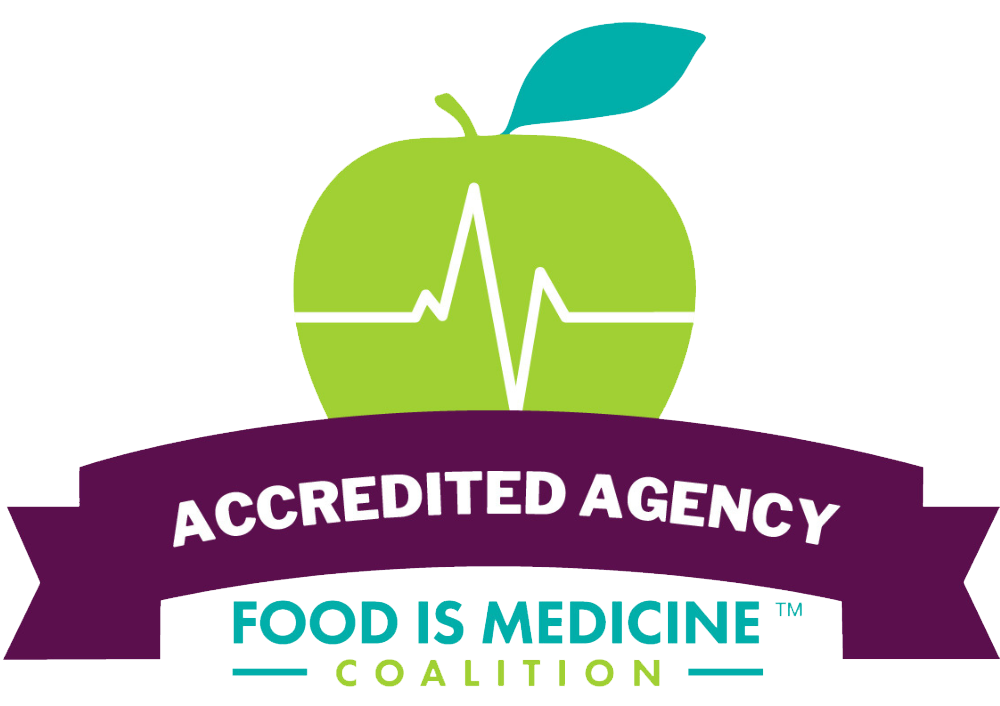Why do we observe American Heart Month every February?
More than 600,000 Americans die from heart disease each year. The number one cause of death for most groups, heart disease affects all ages, genders, and ethnicities. Risk factors include high cholesterol, high blood pressure, smoking, diabetes, and excessive alcohol use.
How can you keep your heart healthy?
You can take an active role in reducing your heart disease risk by eating a healthy diet!
- Control your portion size: How much you eat is just as important as what you eat. Eat more low-calorie, nutrient-rich foods, such as fruits and vegetables. Eat smaller amounts of high-calorie, high-sodium foods, such as refined, processed, or fast foods.
- Eat more vegetables and fruits: These are rich in vitamins, minerals, and dietary fiber that may help prevent cardiovascular disease. They also may help you cut back on higher-calorie foods, such as meat, cheese, and snack foods. Keeping vegetables washed and cut in your refrigerator and fruit in a bowl in your kitchen makes it easier to incorporate these foods into your diet and as a quick snack!
- Select whole grains: Whole grains are a good source of fiber and other nutrients that play a role in regulating blood pressure and heart health. Some grains to choose from include whole wheat flour, bread or pasta, brown rice, barley, and oatmeal. In contrast, while they technically contain grains, foods made from primarily white flour, including bread, muffins, and high-fat snack crackers, should be eaten sparingly.
- Limit unhealthy fats: Limiting how much saturated and trans fats you eat is crucial to reducing your blood cholesterol and lowering your risk of coronary artery disease. A high blood cholesterol level can lead to atherosclerosis, a buildup of plaques in your arteries, which can increase your risk of heart attack and stroke. Some fats to limit include butter, lard, and coconut, palm, and cottonseed oils. Instead, choose healthy fats like olive, canola, avocado, and other nut/seed oils.
- Choose low-fat protein sources: Lean meat, poultry and fish, low-fat dairy products, and eggs are some of the best protein options. Fish is an excellent source of protein is rich in omega-3 fatty acids, which can lower blood fats called triglycerides. Legumes-beans, peas, and lentils are also good low-fat sources of protein and contain no cholesterol, making them suitable substitutes for meat. Substituting plant protein for animal protein such as a soy or bean burger for a hamburger will reduce your fat and cholesterol intake and increase your fiber intake.
- Reduce the salt (sodium) in your food: Eating too much salt can lead to high blood pressure, a risk factor for heart disease. Limiting salt is an essential part of a heart-healthy diet. The American Heart Association recommends that healthy adults have no more than 2,300 milligrams (mg) of sodium a day (about a teaspoon of salt). Much of the salt we eat comes from canned or processed foods, such as soups, baked goods, and frozen dinners. Eating fresh foods and eating homemade soups and stews can help reduce the amount of salt you eat.
As far as we know, the best way to protect your heart is to stay active, eat a healthy and balanced diet, and reduce your daily stress. So to celebrate American Heart Month, take some time to learn about heart health risks, find your favorite heart-healthy activities, and cook some healthy meals with your family!
At Community Servings, we believe in the power of food and offer a heart healthy meal plan low in sodium and saturated fats. Like all our meals, meals in this plan incorporate healthy fats, fiber, and many fruits and vegetables to provide a delicious meal that is good for your heart.
Interested in Heart Healthy meals for yourself or a loved one? Learn more about this meal plan available via Servings Direct.
We hope everyone can use these steps to continue this new year with a healthy and happy heart!


